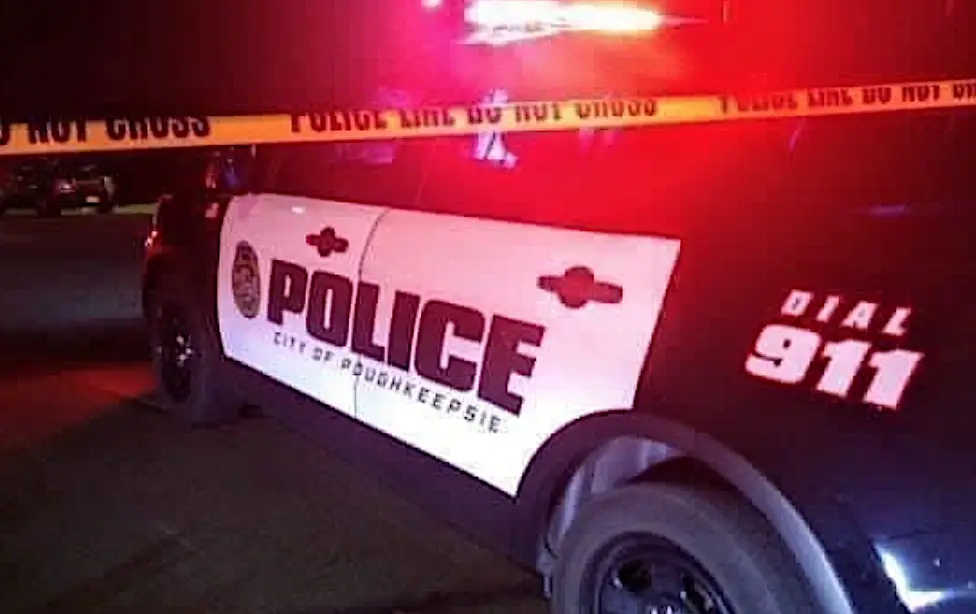Dutchess plans $18M in bonds for $32M communications system
The Dutchess County Legislature has approved issuing $18,086,598 in serial bonds to help pay for a $32,170,760 two-way radio communications system that would have sufficient capacity to allow all public safety and municipal operations in the county to use it. It would eliminate roadblocks that exist in communications among emergency responders from various agencies because they’re on different radio systems.
 The new system would enable portable on-street outdoor operation over the entire service area. The service area is defined as including all land and water within the county’s legal border, the Hudson River adjacent to the western shoreline, and two fire districts that partially extend outside the county border.
The new system would enable portable on-street outdoor operation over the entire service area. The service area is defined as including all land and water within the county’s legal border, the Hudson River adjacent to the western shoreline, and two fire districts that partially extend outside the county border.
“Our more rural communities often have ”˜dead-zones”™ or areas with limited service, often making it harder to communicate when emergencies arise and limiting the ability to get in touch with other agencies to share updates,” said Legislator Edward Hauser. “With this new system and towers, Dutchess County is ensuring that all municipalities will be able to communicate and respond to emergencies more effectively.”
The County Legislature last year approved using $10 million in federal American Rescue Plan Funds for the project. Among other funding is a New York interoperable communications grant of $3,332,478 and a Civil Defense Homeland Security grant of $750,000.
“As a member of the Pine Plains Fire Department for over 30 years and a former Rescue Squad Captain, I am confident that this investment will increase communication abilities for emergency response personnel all across Dutchess County, especially in our rural communities,” said Gregg Pulver, chairman of the Dutchess County Legislature. “The replacement of the current outdated system is long overdue, and the creation of a radio-system that will allow all agencies, like law enforcement, highway departments and fire departments to communicate with each other will be a game changer when responding to emergencies.”
The county said the system needs to be planned to accommodate a 25% increase in traffic in the future. It said that it wants the new system to reuse whatever it’s possible to reuse of an existing microwave system for carrying communications traffic that recently was upgraded. The county also said that the design of the new system has to have redundancies so that if there’s a failure at a single point it won’t take down the entire system.